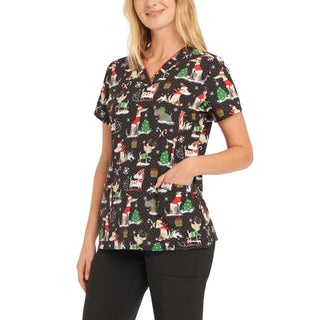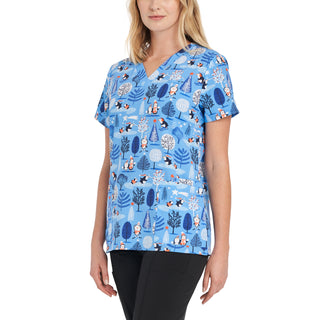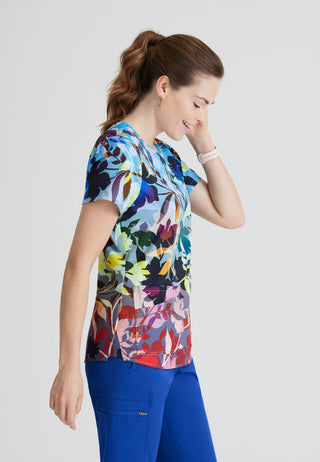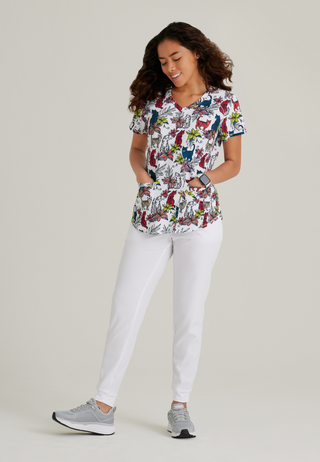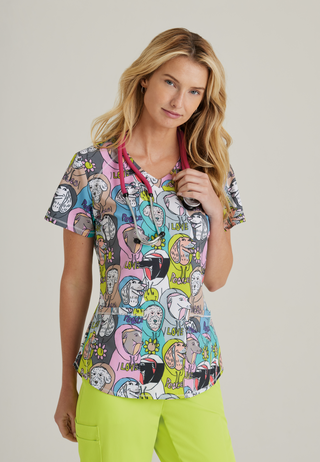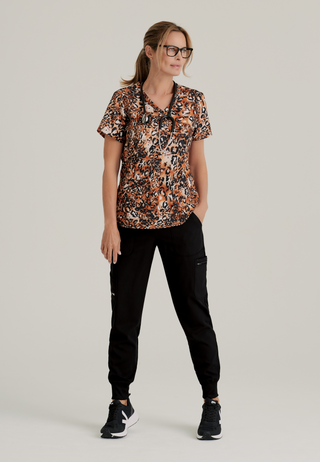As a small business owner, it is crucial to understand the importance of uniforms in creating a professional and cohesive image for your brand. Uniforms not only provide a consistent and polished look for your employees, but they also serve as a powerful marketing tool. By wearing uniforms with your company logo, you can effortlessly promote your brand and make a lasting impression on customers. Additionally, uniforms help to establish a sense of unity and team spirit among your employees, fostering a positive work environment and improving productivity. In the competitive world of small businesses, investing in uniforms can make a significant difference in how your company is perceived and ultimately contribute to its success. Among all the other priorities you face as a small business owner, it is easy to get overwhelmed when considering uniforms. We have put together this guide to help.
Where do you start?
Your uniform requirements are going to depend on a few key things. Establishing an answer to each of these is a good starting point to create your uniform policy and begin sourcing garments.
- What activities will be performed while wearing them
- Number of rolls in your company
- The climate you are in
- The industry you are in
What activities will be performed in the uniform?
The activities may range from sitting at a desk most of the day to working on clients or chasing after animals. You may even have multiple activities within one roll or your organisation. Take a Chiropractor Office for example, the receptionist would have a different requirement to the doctor who performs the service.
How many different rolls in your company?
Once you know the activities your staff will be performing, you can also break it down into rolls. Using your uniform to help distinguish between rolls can be particularly useful for companies that have people that provide different services working in the same area. An example of where you see this in practice is when you go to an emergency room. The doctors wear a different colour scrub to the nurses who then wear a different colour to the consulting surgeons. Depending on your company structure, this question may not always be relevant and if not you can move to considering climate.
What climate are you in?
Reviewing your climate may seem irrelevant to uniform choice but think of it like you are going on holiday in winter. What you pack for a week in Thredbo is going to be very different for a week in Darwin. Uniforms are the same. If your business is based in a warmer climate, you are less likely to need thick jumpers but more likely to want a moisture wicking fabric. Similarly if you are located in a colder climate, you may want to add a thicker jumper to your uniform and fabric properties such as moisture wicking are a nice to have rather than a necessity.
What does your industry require?
Your first step should be to understand any PPE or industry regulations that is relevant to your company. For example, do you work in aged care where you are not allowed to wear long sleeves while on duty. The world of uniforms is large, having this list will help you filter out products that are not suitable for your staff.
Still feeling a bit overwhelmed? We have put together a few industry collections to help. It is important to remember that products displayed in these collections can be used for any industry this is just to get your started.










